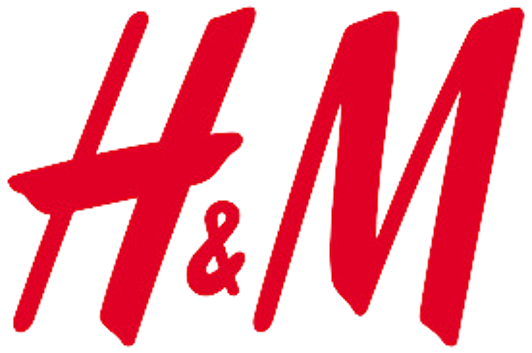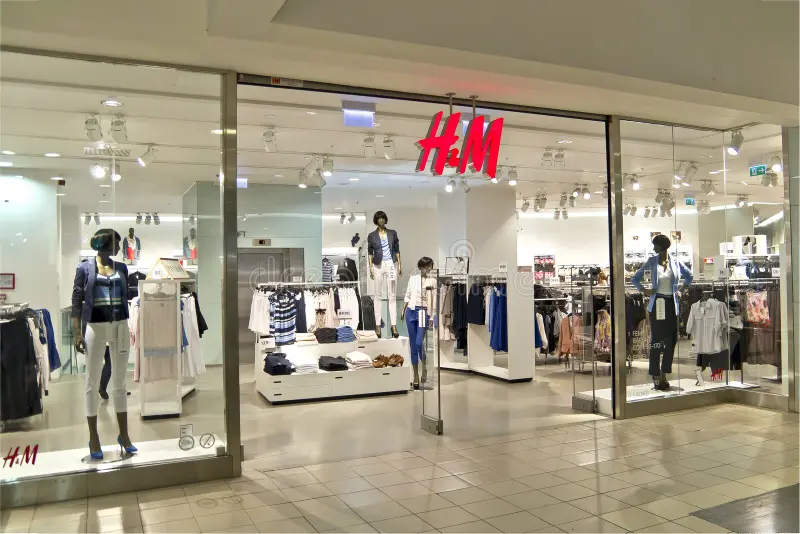
Methodology
H&M sought to assess the effectiveness of its marketing campaigns by measuring both aided and unaided brand awareness. The challenge was understanding how well consumers recognized the brand, with and without prompts, while also evaluating post-campaign visibility. In a highly saturated market, with competition from fast fashion and e-commerce platforms, it was crucial to measure the impact of advertising efforts. Tracking campaign recall and analyzing its influence on consumer purchasing behavior became essential for optimizing future marketing strategies and staying competitive in the rapidly changing retail landscape.
Challenges
A structured research approach was implemented, using surveys and focus groups to measure both aided and unaided brand awareness. Digital analytics tools were employed to track online engagement, social media mentions, and search trends after the campaign. Sales data and foot traffic in physical stores were analyzed to identify the correlation between campaign reach and consumer actions. Additionally, sentiment analysis of customer feedback offered qualitative insights into how the campaign influenced brand perception. This comprehensive approach allowed H&M to understand the true impact of its marketing efforts and refine future strategies.

.jpeg)
Methodology
The research findings highlighted a significant rise in both aided and unaided brand awareness, demonstrating improved consumer recognition of H&M. Campaign recall among the target audience increased substantially, indicating strong message retention. Online engagement, including website visits and social media interactions, spiked during the campaign period, reflecting heightened brand interest. Physical store visits also saw a noticeable uptick, suggesting a direct impact on consumer behavior. Sentiment analysis of customer feedback revealed a largely positive response, reinforcing H&M’s market positioning. These insights provided valuable guidance for refining marketing strategies, ensuring more effective audience targeting and stronger campaign performance in the future.
Results
H&M should continue leveraging data-driven marketing strategies to enhance brand awareness and campaign effectiveness. Real-time analytics can help monitor consumer engagement, providing insights for optimizing ad spend and refining messaging. Strengthening omnichannel efforts, including influencer collaborations and interactive digital content, will further boost brand recall. Personalized marketing, such as AI-driven recommendations and targeted promotions, can enhance customer engagement. Regular post-campaign evaluations will ensure strategies are adapted based on changing consumer behavior and market trends. By continuously innovating its marketing approach, H&M can maintain a strong competitive position in the fashion industry.
.jpeg)
